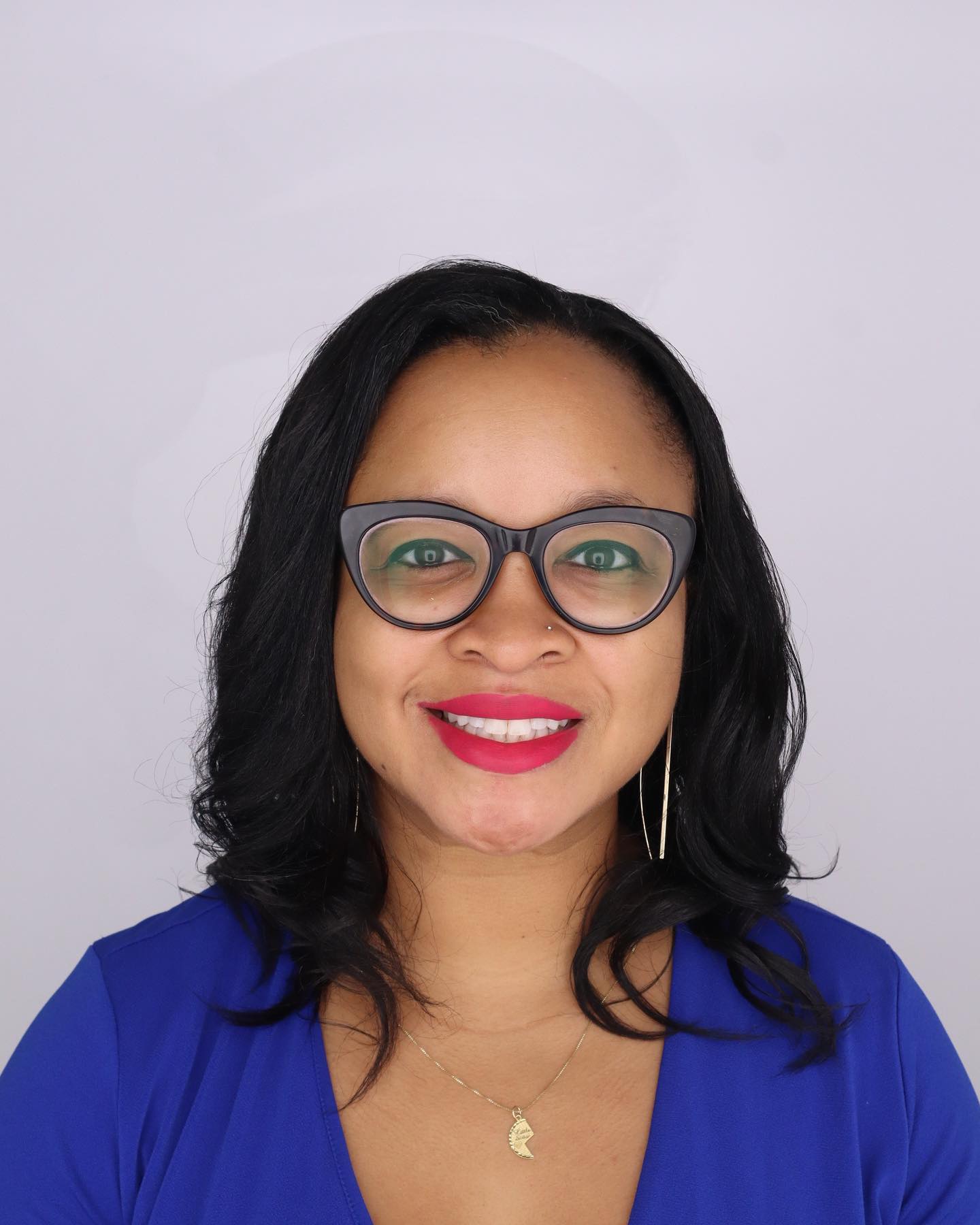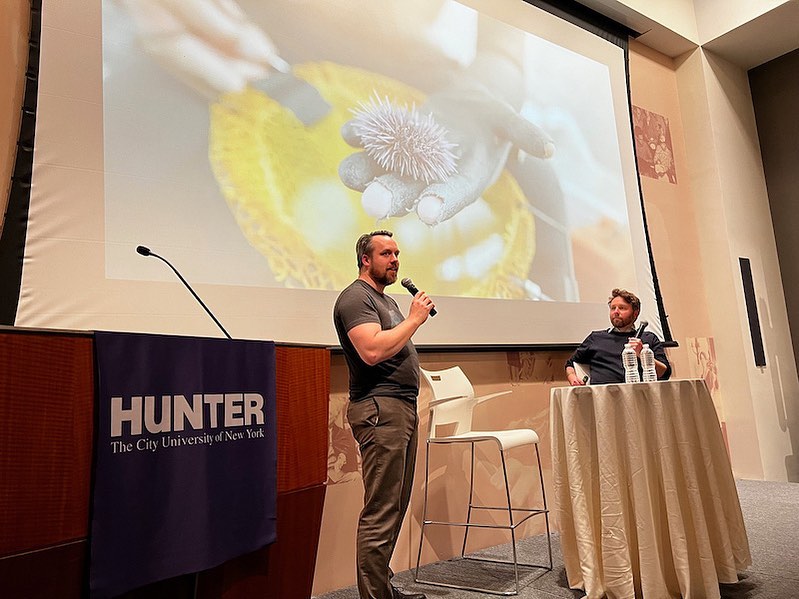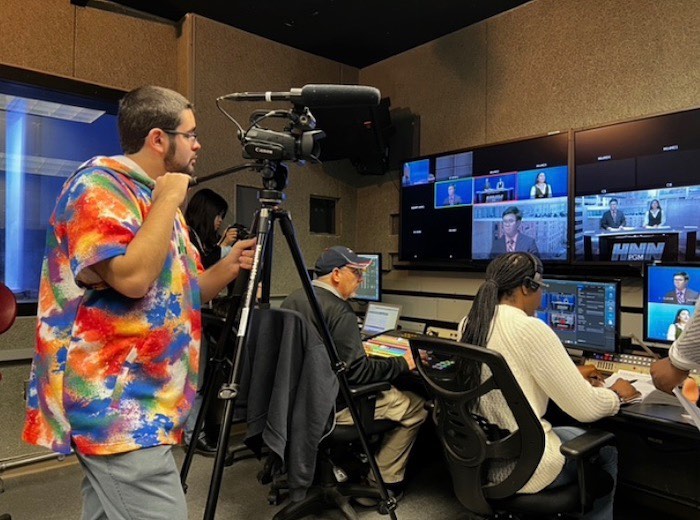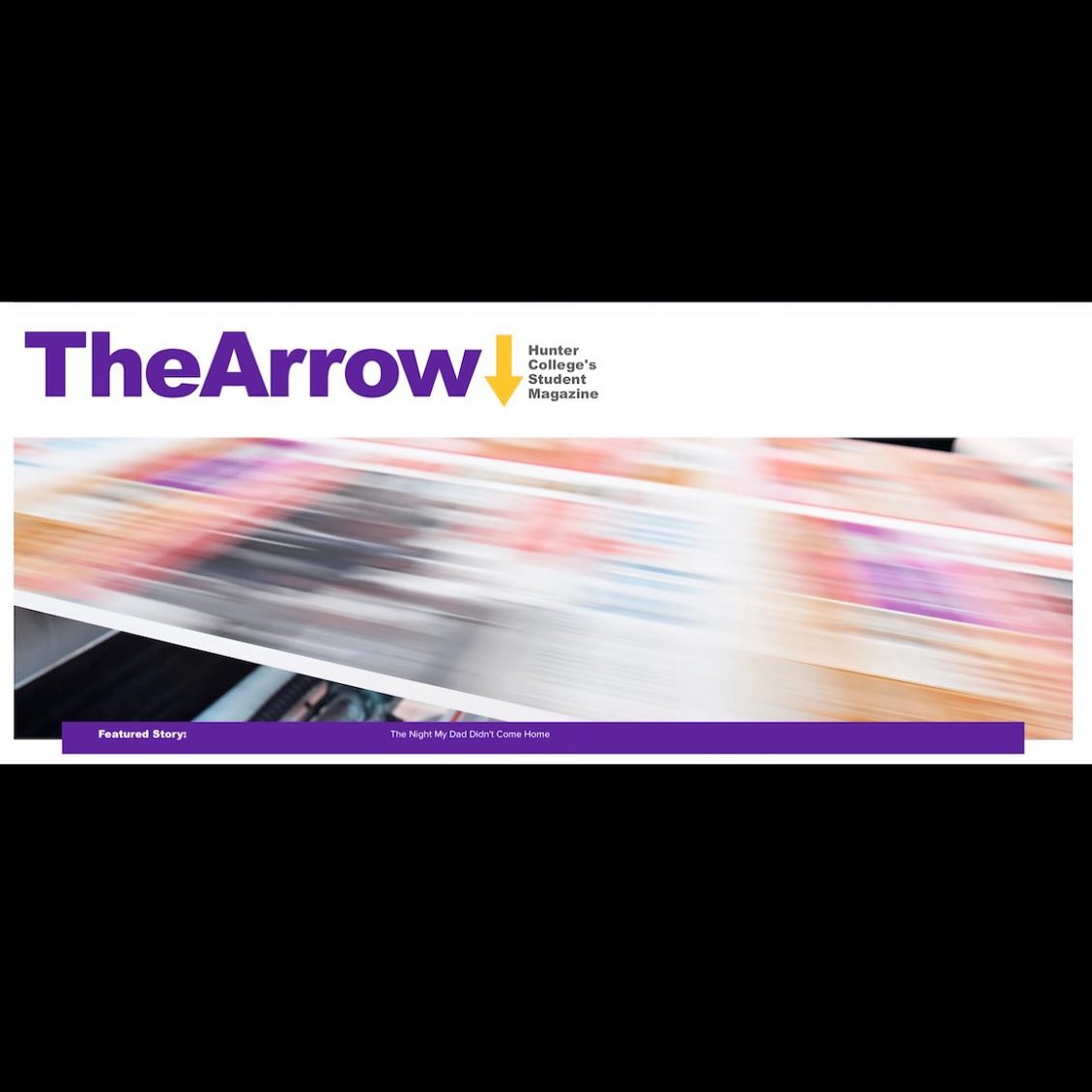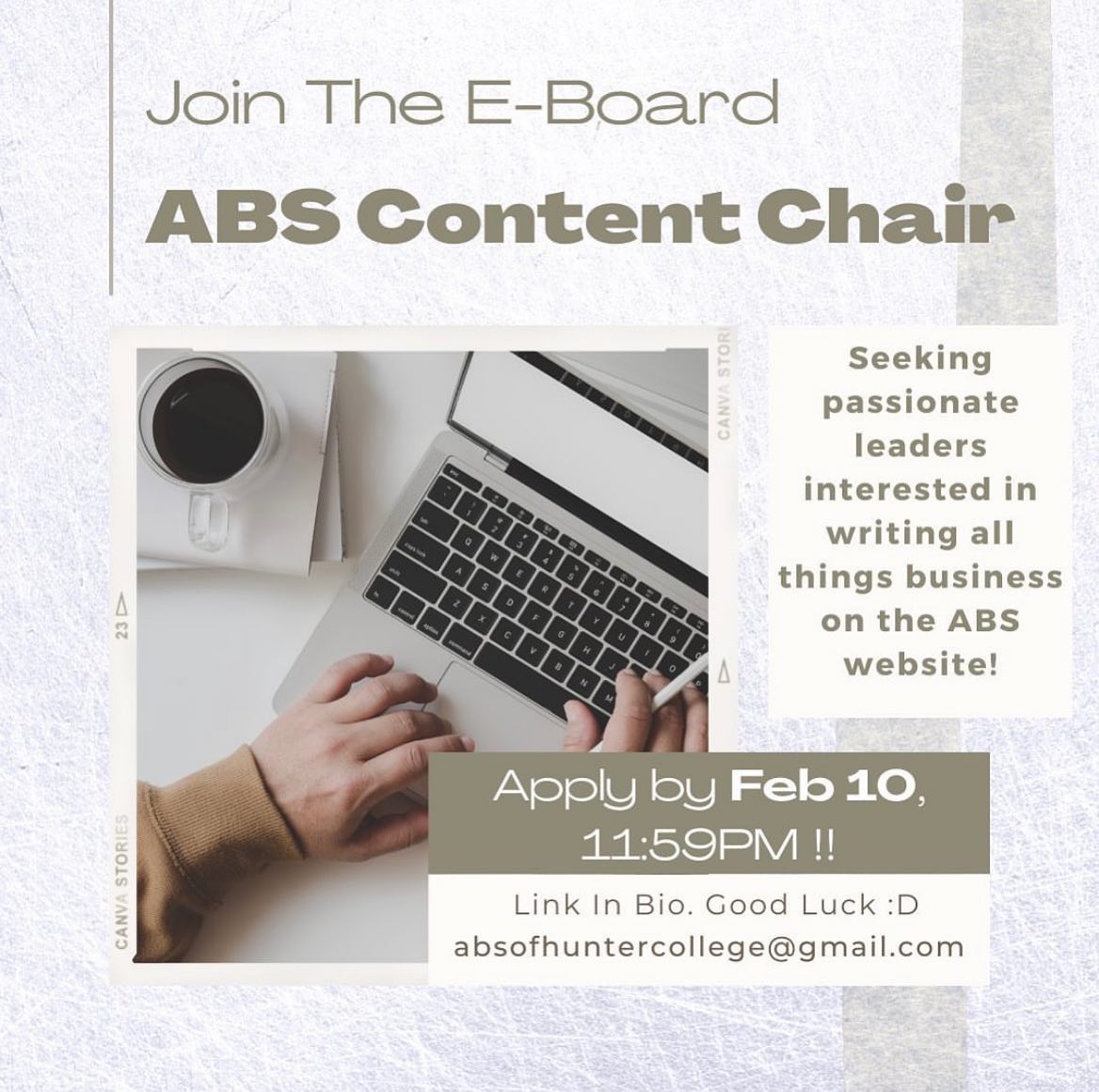Tell us about yourself.
Your resume and cover letter are the first point of contact between you and your next employer. For that reason, you must take care with both, and make sure they reflect your best qualities and accomplishments.
The most common format for college students seeking their first job is the chronological resume, in which your most recent experience is listed first. How you choose to construct your resume, in terms of style, is up to you. For example, placing dates on the left or right or whether your contact information should be centered or on the left hand column is entirely your choice. The one rule to remember is that consistency is the name of the game. Always maintain the same style throughout your resume.
All resumes must include:
- Contact Information: Put your contact information at the top of your resume. It should include your name, address, phone number, email address, website and social media feeds *if* they are professional.
- Education: List your degrees in chronological order, with the most recent degree first as well as any study abroad experiences. You may also include relevant coursework to highlight specific skills and knowledge. If your GPA is 3.0 or above, list it in this section.
- Experience: List your most recent experience first and do not overlook internships, volunteer positions and part-time employment. Use action verbs to highlight accomplishments and skills. Be consistent in tense; use past tense for former jobs, present tense for current positions.
- Skills: Include any computer programs you have been trained to use, such as Excel, Google Analytics or Final Cut Pro. Also include languages.
You may also include:
- Interests: Highlight any interests where you have developed a skill, pursued a talent or held a leadership role, such as sports teams, community activities, student associations, performance groups, etc. Put simply: if you are good at something, put it on your resume.
- Other Headings: If you have a series of accomplishments under one theme or topic, use a specific heading to show those off. For instance, if you coach, play and volunteer for soccer leagues, insert a heading such as Athletics. Others might be Community Service or Volunteer Experience.
Do not include:
- Personal information such as age, marital status, religion or political affiliation (unless you are applying to a specific religious or political organization)
- Subjective skills, such as “fast learner” or “excellent interpersonal skills.” That is a matter of opinion, and nearly impossible for the person himself or herself to judge. However, if you won an employee of the month award for your excellent customer service, DO include that.
- References. A prepared list of two to four references should be in a separate document that matches your resume in style and format.
Miscellaneous tips
- Ask a friend or a professor to proofread your resume. No matter how many times you have read it yourself, it pays to get another set of eyes to take a look.
- Always bring a few copies of your resume with you to an interview, even if you sent it in advance. You may meet other people during the course of the interview, or the interviewer might not have it on hand.
- Don’t forget to include anything INTERESTING about you on your resume. If it doesn’t fit into an obvious category, include it under special interests.
- Try to apply a clean and readable design. Below are four templates for your use.
Resume samples (MS Word docs)


